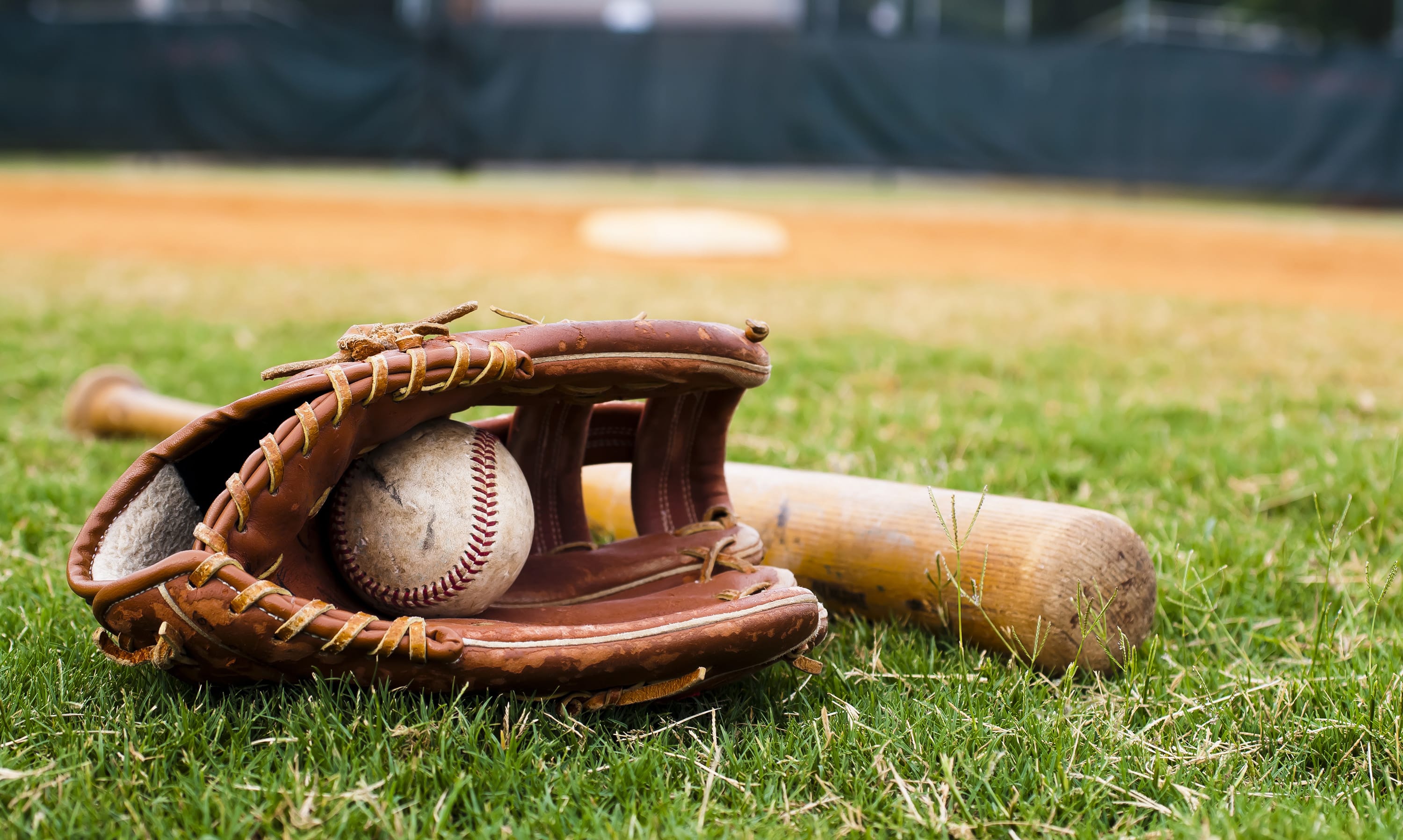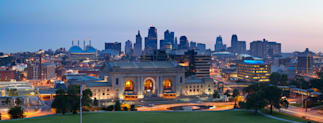In the heart of Kansas City lies a testament to the spirit of African American and Hispanic baseball players — the Negro Leagues Baseball Museum (NLBM). This institution is a tribute to their determination and a reminder of a significant era in American history. It showcases the extraordinary journey of the Negro Leagues — a platform for thousands of marginalized athletes who contributed to the cultural and social fabric of the nation.
The Dawn of the Negro Leagues
The NLBM’s story began with the founding of the Negro Leagues in 1920, a pivotal moment in sports and cultural history. Founded by Andrew “Rube” Foster, a former player, manager, and executive, these leagues offered a haven for African American and Hispanic players during an era of segregation in Major League Baseball. The Negro Leagues supplied an outlet for immense talent and sportsmanship and became a symbol of determination and resilience against racial barriers.
NLBM’s Founding and Growth
Established in 1990, Bob Kendrick, President of the NLBM, said the museum began in a tiny office in Kansas City, a humble start for an institution that would grow into a nationally recognized museum. Its founders, including legendary figures like Buck O'Neil, envisioned a place where the rich history of the Negro Leagues and its players could be preserved and celebrated. Over the years, the museum expanded, both in size and scope, to celebrate and educate about this significant chapter in American history.
“Since that time, we've graduated from that little one-room office to about 10,000 square feet of exhibit space that chronicles the story of black baseball in America in general, and the professional Negro League specifically,” said Kendrick. “Along that journey, we are now recognized as America's national Negro Leagues Baseball Museum as deemed and designated so by the United States Congress. As you can well imagine, it's been a tremendous journey for a little museum that no one gave any chance of succeeding.”
Preserving History and Celebrating Tenacity
At the NLBM, visitors are transported back in with various exhibits that narrate the stories of legendary teams like the Kansas City Monarchs and iconic players such as Jackie Robinson, Satchel Paige, and Josh Gibson. These exhibits highlight their athletic achievements and their crucial role in shaping racial integration in sports.
Within the Negro Leagues Baseball Museum, visitors are immersed in a powerful experience that’s compelling and emotional. Kendrick positions it as a commemorative, positive experience.
"It's not a sad, somber story but a celebration of the human spirit's power to persevere and prevail,” he said. "The Negro Leagues are rooted in the simple principle of creating one's own league in the face of exclusion from the Major Leagues, embodying the American spirit in a way unlike any other in our history."
Kendrick emphasized that the museum's appeal extends beyond just baseball enthusiasts.
"It's a fascinating journey back in time, meeting some of the greatest athletes in the game,” he said. “Whether you're a fan of American history, a lover of underdog stories, or a baseball aficionado, the museum offers something for everyone. It's a place where you gain a deeper, richer appreciation of how great this country really is, highlighting a story that could have only happened in America."
NLBM’s Educational Mission
Beyond celebrating sporting achievements, the NLBM plays a vital role in educating the public about the broader social and historical context of the Negro Leagues. It sheds light on how these leagues were a precursor to the Civil Rights Movement, providing a platform for challenging racial segregation and promoting social change. The museum's educational programs and outreach initiatives emphasize the importance of tolerance, diversity, and inclusion, drawing parallels to contemporary social issues.
Kendrick pointed out that the Negro Leagues helped make baseball the global game that it is today.
“They just simply never got credit for it,” he said. “Through the work that we do here at the Negro Leagues Baseball Museum, you can see why this is so eye-opening for so many people who come. One of the most prevailing statements that we hear is, ‘I didn't know that.’ Of course, you didn't know that. As my late mother would say, ‘You don't know what you don't know.’ Because it's not in the pages of American history books, the majority of us didn't get to know. That's why cultural institutions like the Negro Leagues Baseball Museum are so vitally important because we are filling the void left by American historians. American historians essentially omitted this amazing story from the pages of American history books. Thus, countless generations of us could go through our own formal educations without knowing one of the most significant chapters. Again, not in baseball history, but in American history.”
A Symbol of Community and Economic Impact
The Negro Leagues were a significant economic force in African American communities. They fostered local economies and provided a sense of pride and unity. The museum captures this aspect by highlighting how these leagues operated as successful businesses, contributing to the economic vitality and social life of Black communities across America.
Honoring Negro League Baseball Legends and Legacy
While the NLBM also serves as a museum, it’s also a hall of fame for the greatest players of the Negro Leagues. It celebrates their contributions to baseball and American culture, ensuring that we don’t forget their legacies. Through various events and programs, the museum keeps the memories of these players alive, inspiring new generations with their stories of courage, skill, and perseverance.
Kendrick said when professional baseball players tour the NLBM, he drives home the connection between the Negro Leagues players and those playing professionally today.
“When they walk into this museum, we talk about the bond that they share with the Negro Leagues through the love of the game,” Kendrick said. “You play this game because you love it. Fans can get a little fickle and equate everything in our society to money. Because the young athlete is afforded a tremendous opportunity to earn a great living playing this game, we might assume that they don't love the game as much as the guys of yesteryear did. Of course, they do. They're still playing a game that they played as a kid for free. If they had to play it for free again, they would still be playing this game.
“I also remind them that they will never see a greater example of love of the game than when they walk through the Negro Leagues Baseball Museum,” Kendrick said. “They had to love it to endure the things that they had to endure. It wasn't uncommon that these athletes could ride into a town, fill up the ballpark, and yet not be able to get a meal from the same fans who had just cheered them or not have a place to stay. They would sleep on the bus and eat their peanut butter and crackers until they could get to a place that would offer them basic services. You have to admire that they never allowed that set of social circumstances to kill their love of the game.”
A Partnership For Preservation: First Business Bank & NLBM
The Negro Leagues Baseball Museum continues to evolve, remaining a dynamic institution that adapts to the changing times while staying true to its mission of preserving the legacy of the Negro Leagues.
“In 2020, we were embroiled in a what I described as a level of social upheaval that was reminiscent of the 1960s and out of this, the Negro Leagues Baseball Museum was able to turn the tide on all of this.” Kendrick said. “We were able to get Congress to pass legislation authorizing the U.S. Mint to create the first ever series of U.S. Mint Negro League Commemorative Coins. We're thrilled to have First Business Bank on board to handle any money that we make from these coins.”
The partnership between First Business Bank and the NLBM represents a shared commitment to preserving an essential part of American history and keeping the legacy of the Negro Leagues alive for future generations. Together, the bank and the museum are helping to honor and educate about the past while forging a path toward a more inclusive and understanding future, demonstrating the power of collaborative efforts in historic preservation and cultural education.
Kendrick described the commemorative coin program as a critical opportunity for the NLBM. “It’s a game-changer for this organization. It really does propel us down a path where we can now start to look at the long-term sustainability of this organization and how it will now operate into perpetuity.”




